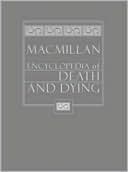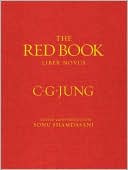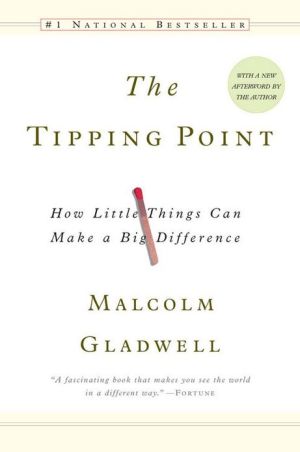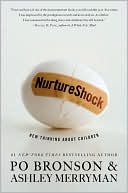MacMillan Encyclopedia of Death and Dying - Volume ! and 2
Search in google:
This carefully prepared two-volume reference will be useful and accessible to a wide audience of professionals, students, and general readers looking for summaries and starting points for research on the multiplicity of topics related to death and dying. Some articles are only a few paragraphs long, but most are several to many pages; each includes cross references and a bibliography. A detailed index helps tie themes together, and an appendix profiles 75 relevant organizations. Reflecting the broad reach of the subject matter, the contributors represent many fields; and articles address medical, theological, literary and artistic, historical, psychological, and sociological aspects in addition to discussing work and profiling people directly connected with the field of thanatology. An article on the September 11 terrorist attacks is included. Editor Kastenbaum (Arizona State University) contributed 29 of the 327 articles; the other authors-most from the US but many also from Canada, Australia, and the UK-typically wrote only one, although several contributed a half dozen or so. Supporting the text are 150 b&w images. Annotation c. Book News, Inc., Portland, OR Library Journal In this two-volume set, noted scholar Kastenbaum (The Psychology of Death) strives to present a multidisciplinary and multicultural view of death, including more than 300 alphabetically arranged articles on everything from ancient gods and goddesses to the 9/11 terrorist attacks. The result is a major resource, more complete and better organized than 2001's Encyclopedia of Death and Dying, edited by Glennys Howarth and Oliver Leaman. The articles touch on many different cultural traditions (e.g., Aztec, Chinese, Egyptian, Islamic, Mayan, Native American, and Polynesian), though having mostly American contributors detracts somewhat from the international viewpoint. A disproportionate number of chapters (24 in all) expound on various aspects of suicide, and there are a few odd entries, such as "Elvis Sightings" and "Cadaver Experiences" (a better title for the latter might have been "The Socialization of Medical Students"). Most of the entries are appropriate, however, and the content can be easily accessed through a very complete and useful 78-page index. An appendix provides information about 75 organizations, and the 150 black-and-white images are valuable and relevant. Highly recommended despite its shortcomings for both public and academic libraries.-Annette Haines, Sch. of Art & Design, Ann Arbor, MI Copyright 2003 Reed Business Information.








